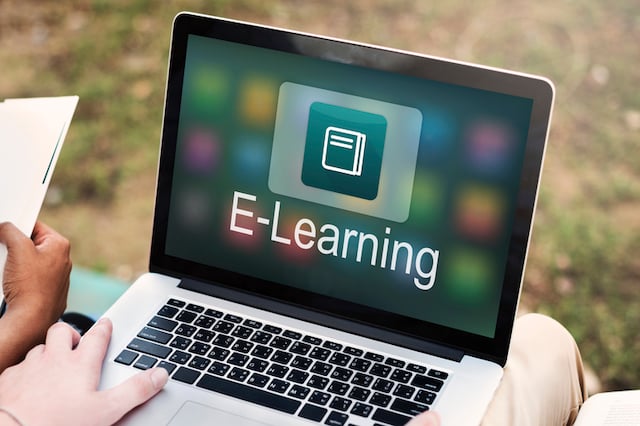Everyone learns differently; which is why it’s important to stay on top of the best practices for training and eLearning within a variety of industries. As technology becomes more and more prevalent in professional development, a concept called blended learning is also becoming increasingly popular - and for good reason.
Blended learning is an educational approach that traditionally combines in person (synchronous) and online (asynchronous) training. This allows learners to reap the benefits of learning in two types of ways - in a classroom setting as well as in a digital realm where the student may find a sense of more independence while still staying on track with the rest of the class. In fact, according to Dr. Ruth Colvin Clark (2010), in Evidence-based Training Methods: A Guide for Training Professionals, blended learning is “more effective than pure classroom or pure digital.”
However, in today’s world, the COVID-19 pandemic has drastically changed the way occupational, safety and health training is being approached. Due to the pandemic, many online training and education companies have directed their instruction entirely online. While this may seem like an understandably intelligent move given the severity of the global situation, removing the in-person instruction element of the blended learning approach can be detrimental to the learning experience for some learners.
Safety Mentor’s understanding of the impact of blended learning has led us to the cutting-edge of delivering blended learning to clients; even during the COVID-19 pandemic.
During the pandemic, Safety Mentor wanted to provide the same quality training associated with blended learning, but knew a shift in approach was inevitable. Safety Mentor began providing virtual blended learning experiences to its clients, where learners were not required to physically meet with an instructor. Instead, the training consisted of live webinars as the synchronous component, combined with additional asynchronous coursework. The key here is that webinars were live and not prerecorded, giving learners the opportunity to interact with instructors, ask questions, share nonverbal communication, and feel present as they would in a traditional classroom setting. Safety Mentor believes this virtual blended learning model will continue to be the new normal.
The Benefits of Blended Learning
Instructors that take a blended learning approach to their educational programs and training will find that their learners will glean many benefits. These benefits include:
● Flexibility: Using a combination of online and in-person training programs allows for flexibility among instructors and learners. While instructors and learners both need to be fully present and aware during synchronous live webinars as if they would be in a normal classroom setting, the online asynchronous portions of training allow instructors to answer questions, grade classwork, and more, at their own pace. The same goes for learners - while there are due dates, online coursework won’t always have to be in progress during a specific time of the day. Flexibility is great in alleviating burnout and encourages learners to take a break when needed.
● Engagement: It’s evident that people love technology; the popularity of smartphones and other mobile devices has been increasing steadily over recent years. It’s fair to say that most people are starting to prefer technology for learning and communicating instead of more traditional tools such as physical books, pencils, and paper.
Using technology in the classroom is a fantastic way to keep students engaged throughout their learning journey. Blended learning provides an avenue to employ the combination of traditional teaching methods and modern teaching methods to help students with different learning styles grasp concepts in fun and exciting ways.
● Empowerment: One of the most important benefits of blended learning is empowerment for both the instructor and the learner. In traditional classrooms, learners may often have the feeling of being a listener instead of an active party. Incorporating in-person interaction through live webinars with more independent online instruction gives learners a sense of control. While working on asynchronous training, learners may find that they feel more involved in how and when they complete their work. They’ll also find a sense of autonomy in their learning by adding their own valuable resources to the learning ecosystem through the learning experience platform (LXP).
Have questions? Contact us at Safety Mentor for questions about how our LXP services can help with your educational training needs.




.jpeg)
